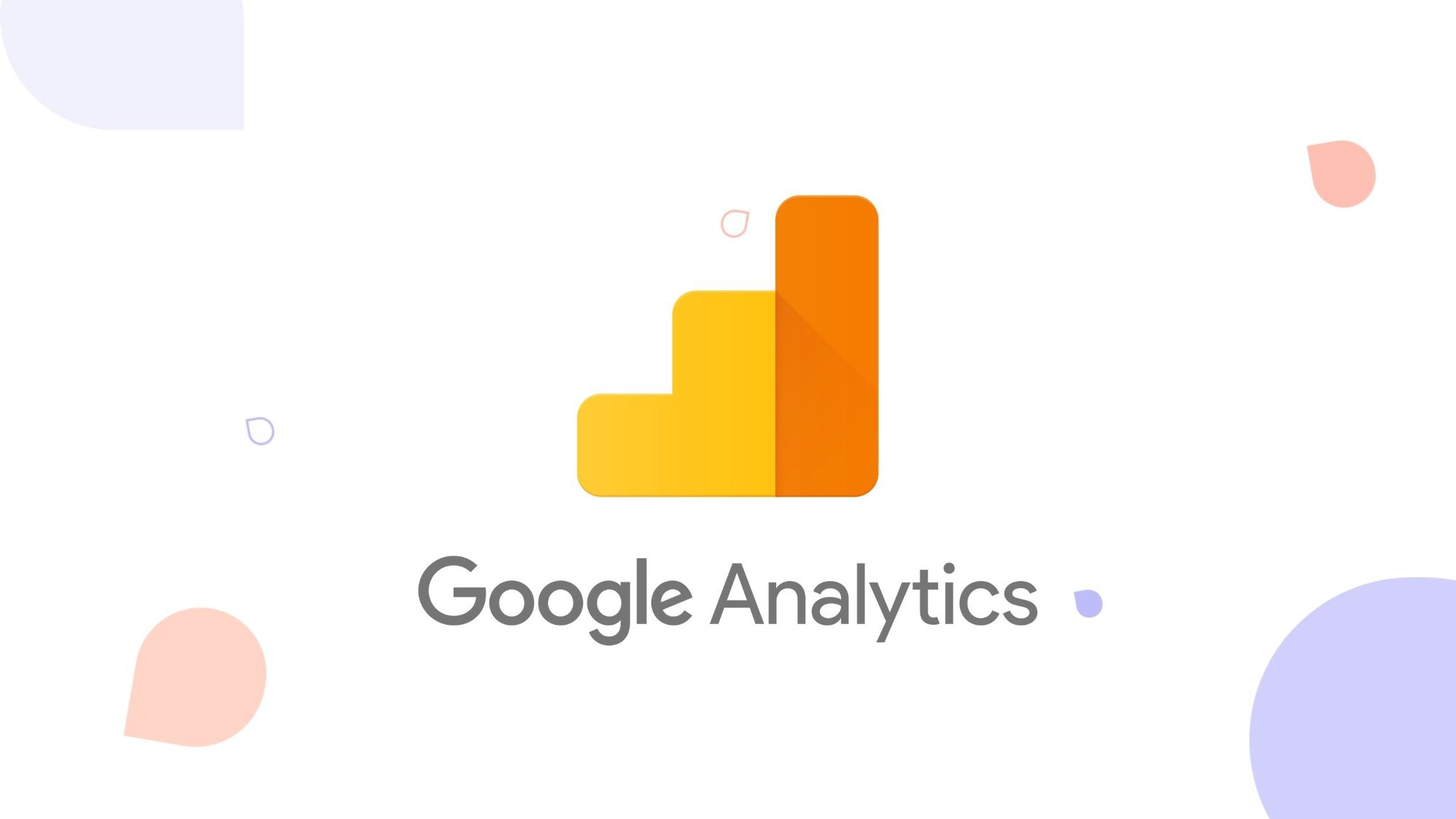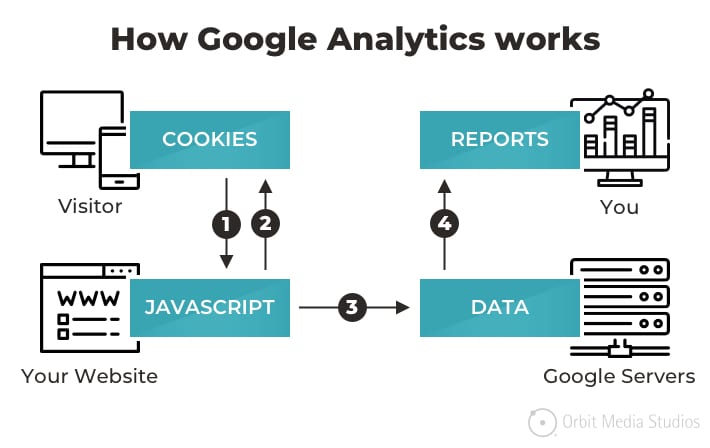Master Site Insights With Accurate Google Analytics Tracking Code
The efficient utilization of Google Analytics pivots on the accurate execution of its monitoring code, a fundamental action frequently overlooked by web site owners. What are the usual mistakes that could threaten your tracking initiatives, and how can you make certain precision in your approach?
Comprehending Google Analytics Basics
Google Analytics is a crucial tool for internet site owners and marketing experts, giving invaluable insights right into individual behavior and internet site efficiency. At its core, Google Analytics collects information regarding site visitors to a website, enabling customers to analyze metrics such as web traffic resources, user engagement, and conversion prices. Recognizing these fundamentals is important for maximizing a website's efficiency and boosting customer experience.
The system employs cookies to track interactions, taping information such as web page sights, session periods, and bounce prices. This details is accumulated and presented through adjustable dashboards, enabling individuals to picture fads with time. Trick performance indicators (KPIs) can be kept track of, such as the total number of users, new versus returning visitors, and the geographic circulation of the target market.
Moreover, Google Analytics provides segmentation features, allowing users to isolate specific web traffic resources or individual demographics for more targeted analysis. By mastering these fundamental components, internet site owners can make informed decisions about web content approach, advertising projects, and total website renovations. Ultimately, understanding Google Analytics essentials is crucial for leveraging information to drive growth and achieve organization purposes successfully.
Setting Up Your Tracking Code

Copy the offered tracking code and paste it into the HTML of your website. This makes certain that the monitoring code loads before any various other material, permitting it to catch information precisely.
After installment, validate that the tracking code is working properly by making use of Google Tag Assistant or the Real-Time records in Google Analytics - when does the google analytics tracking code send an event hit to analytics?. This action is necessary to validate that your information collection is energetic and accurate, establishing the structure for insightful analysis
Usual Tracking Code Issues
Several internet site owners experience usual issues with their Google Analytics tracking code that can hinder data collection and analysis. One common problem is improper installation. This may occur when the tracking code is placed in the wrong section of the internet site's HTML, often bring about incomplete or missing data. Additionally, having several instances of the tracking code here on a solitary web page can cause inflated metrics, as customer communications may be counted much more than as soon as.
An additional issue occurs from the use of advertisement blockers, which can avoid the monitoring code from carrying out entirely, thus skewing information. when does the google analytics tracking code send an event hit to analytics?. Additionally, failure to configure filters properly can lead to the exclusion of important traffic sources or the addition of undesirable referral spam, distorting the data accumulated
Website proprietors may likewise overlook the value of monitoring code updates, especially when moving to Google Analytics 4 (GA4) from Universal Analytics. Finally, inadequate testing prior to introducing changes can result in undetected mistakes in the tracking code, additionally making complex data reliability. Resolving these usual concerns is important for making sure precise monitoring and informative analytics.
Analyzing Internet Site Information Efficiently
Accurate data collection is only the first step in leveraging Google Analytics; the genuine value hinges on successfully examining that data to drive educated decision-making. To accomplish this, it is crucial to recognize vital performance indicators (KPIs) that align with your service goals. Focus on metrics such as conversion rates, customer engagement, and traffic sources, as these will supply understandings right into user actions and the total effectiveness of your internet site.
Using Google Analytics' segmentation functions enables a deeper understanding of your audience. By breaking down information right into particular demographics, actions, and web traffic channels, you can uncover patterns and patterns that educate targeted methods. Applying personalized records and control panels can streamline this process, allowing quick access to significant data.
Moreover, regularly reviewing data fads over time helps to recognize anomalies and possibilities for improvement. Use visualization devices to existing More hints information in a quickly digestible layout, helping with extra effective interaction with stakeholders. Ultimately, the capacity to examine website information efficiently empowers businesses to make strategic decisions that improve user experience, optimize advertising and marketing efforts, and drive growth.

Best Practices for Accurate Tracking
Executing efficient monitoring methods is crucial for obtaining dependable data in Google Analytics. To make sure exact tracking, begin by appropriately setting up the Google Analytics tracking code on every web page of your site. This can be accomplished via a tag manager or by directly installing the code into the HTML.
Next, useful source configure your Google Analytics account to omit inner traffic. This can be done by establishing filters that recognize and eliminate visits from your company's IP address, thereby stopping skewed data. Additionally, utilize occasion monitoring to keep track of details customer interactions, such as downloads or video plays, which conventional page sights might ignore.
Regularly examine your tracking arrangement to confirm that all features, such as objectives and ecommerce tracking, are operating properly. Develop a regular identifying convention for your campaigns and events to promote much easier reporting and analysis.
Lastly, take into consideration leveraging UTM specifications for campaigns to get insights into the efficiency of different advertising efforts. By complying with these best techniques, you can enhance the precision of your data collection and evaluation, ultimately causing even more informed decision-making for your website.
Verdict
Exact execution of the Google Analytics tracking code is vital for mastering site insights. By ensuring the monitoring code is properly put and frequently examined, internet site proprietors can capture important individual communication information, therefore facilitating the recognition of crucial performance signs. Reliable analysis of this data, incorporated with adherence to finest techniques, allows informed decision-making and the optimization of online strategies. Eventually, a durable tracking framework boosts the ability to drive interaction and boost overall website efficiency.

Inadequate screening prior to releasing modifications can result in undiscovered errors in the monitoring code, further complicating information reliability.Carrying out effective monitoring practices is crucial for acquiring trustworthy information in Google Analytics. By ensuring the tracking code is appropriately placed and on a regular basis investigated, site owners can record essential user interaction data, hence assisting in the identification of key efficiency signs.